Industry information
Company News
- Aluminum veneer: a perfect combination of architectural aesthetics and practicality
- Aluminum veneer, the "fashionable coat" of modern architecture
- Honeycomb aluminum plate: a mysterious material as light as a feather and as strong as iron
- Aluminum veneer, the "fashionable outerwear" in modern architecture
- Honeycomb aluminum plate: a perfect combination of lightweight and aesthetics
Industry dynamics
- Aluminum curtain wall: the fashionable coat of modern architecture
- The charm of honeycomb aluminum plate: lightness contains strength
- Characteristics and quality analysis of perforated carved aluminum veneer
- Aluminum veneer: the darling of metal fashion in modern architecture
- Aluminum honeycomb panel: the secret of being as light as a feather and as solid as a rock
Frequently asked questions
- What is the difference between aluminum veneer and aluminum-plastic panel?
- What is the market demand for aluminum veneer?
- How to increase the market demand for aluminum veneer?
- What issues should be noted in the production process of aluminum veneer?
- What environmental issues should be paid attention to in the production process of aluminum veneer?
contact us
Mobile:+86 15627778610
Email: 2201229786
Address: No. 5 Binjiang Road, High tech Zone, Zhaoqing City, Guangdong Province
What is the fire rating of aluminum veneer?
- Author: Xinlongtai Aluminum Industry (Guangdong) Co., Ltd
- Release time: 2022-03-07 22:53:24
- Click:0

In the field of architecture, fire resistance is a very important indicator. With the increasing awareness of fire safety among people, more and more building materials need to have certain fire resistance performance. Aluminum veneer, as a lightweight, high-strength, and corrosion-resistant building material, also has good fire resistance. Below, we will provide a detailed introduction to the fire rating of aluminum veneer.
It should be noted that the fire rating of aluminum veneer is determined by its combustion characteristics and the concentration of gases released during combustion. At present, the internationally recognized fire rating standards are the German DIN4100 standard and the American ASTM A128 non combustible standard. The A1, B1, B2, C1, D1, and D2 grades of the DIN4100 standard represent different fire protection levels, while the grades of the ASTM A128 non combustible standard range from FL-1 to FL-9.
It should be noted that the fire resistance of aluminum veneer is closely related to its surface treatment process. Generally speaking, after surface treatment processes such as anodizing, a dense oxide film is formed on the surface of aluminum veneer, which can effectively isolate the contact between the surface of aluminum veneer and flames, thereby reducing the risk of aluminum veneer being ignited. This oxide film can also improve the wear resistance and weather resistance of aluminum veneer, extending its service life. After surface treatment processes such as anodizing, aluminum veneer has high fire resistance.
Once again, it should be pointed out that aluminum veneers of different grades have different applicability ranges in practical applications. For example, the A1 fire rating of DIN4100 standard is applicable to general areas such as exterior and interior decoration of buildings; The B1 fire rating is applicable to high-rise buildings, public places, and other places that require higher fire protection requirements; C1 fire rating is suitable for industrial plants, warehouses and other places that require high fire protection requirements; The D1 fire rating is applicable to special engineering fields such as airports, subway stations, etc. The ASTM A128 non combustible standard is applicable to fields such as electrical enclosures and lighting fixtures.
Finally, it should be noted that although aluminum veneer has good fire resistance, attention should still be paid to construction quality and safety issues in practical applications. For example, corresponding waterproof, anti-corrosion, and fire prevention measures should be taken when installing aluminum veneer to ensure the safety and health of the building. When choosing aluminum veneer, it should also be based on actual needs and select aluminum veneer products with good quality and service.
The fire rating of aluminum veneer can be classified based on its combustion characteristics and the concentration of gases released during combustion. After surface treatment, aluminum veneer has high fire resistance, and different grades of aluminum veneer have different application ranges in practical applications. We should closely monitor the latest developments and application cases of aluminum veneer technology, and actively promote the application and development of aluminum veneer in various fields. During the application process, attention should be paid to construction quality and safety issues to avoid potential safety hazards and quality problems.

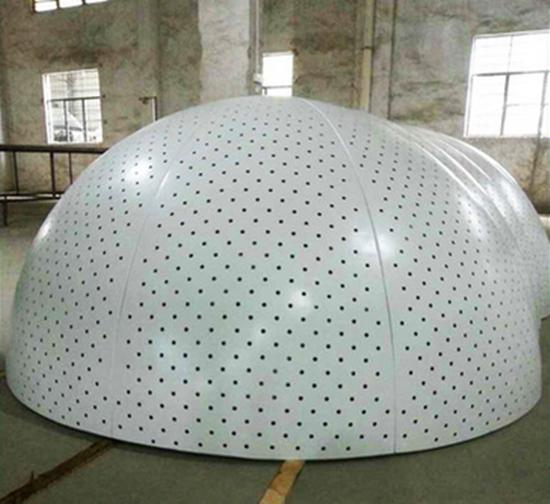
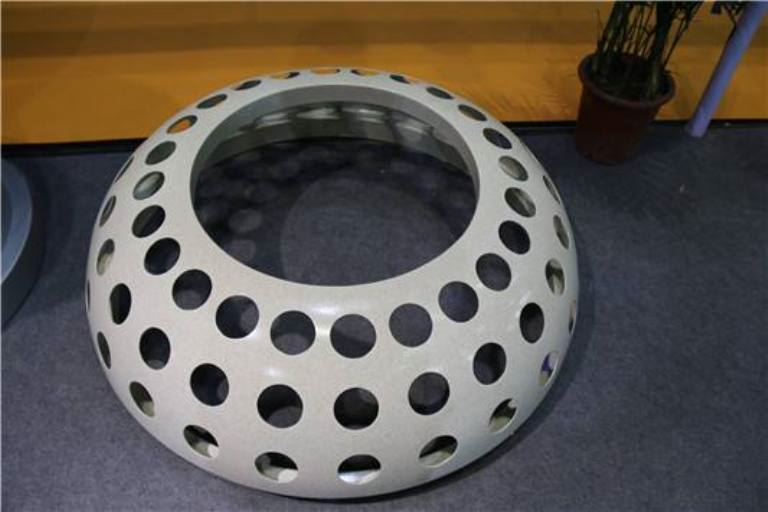
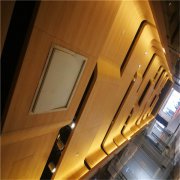
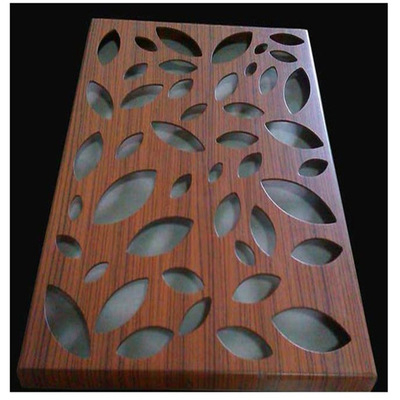
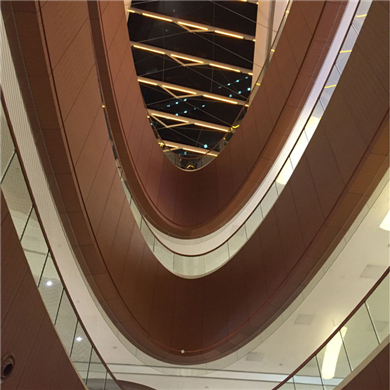
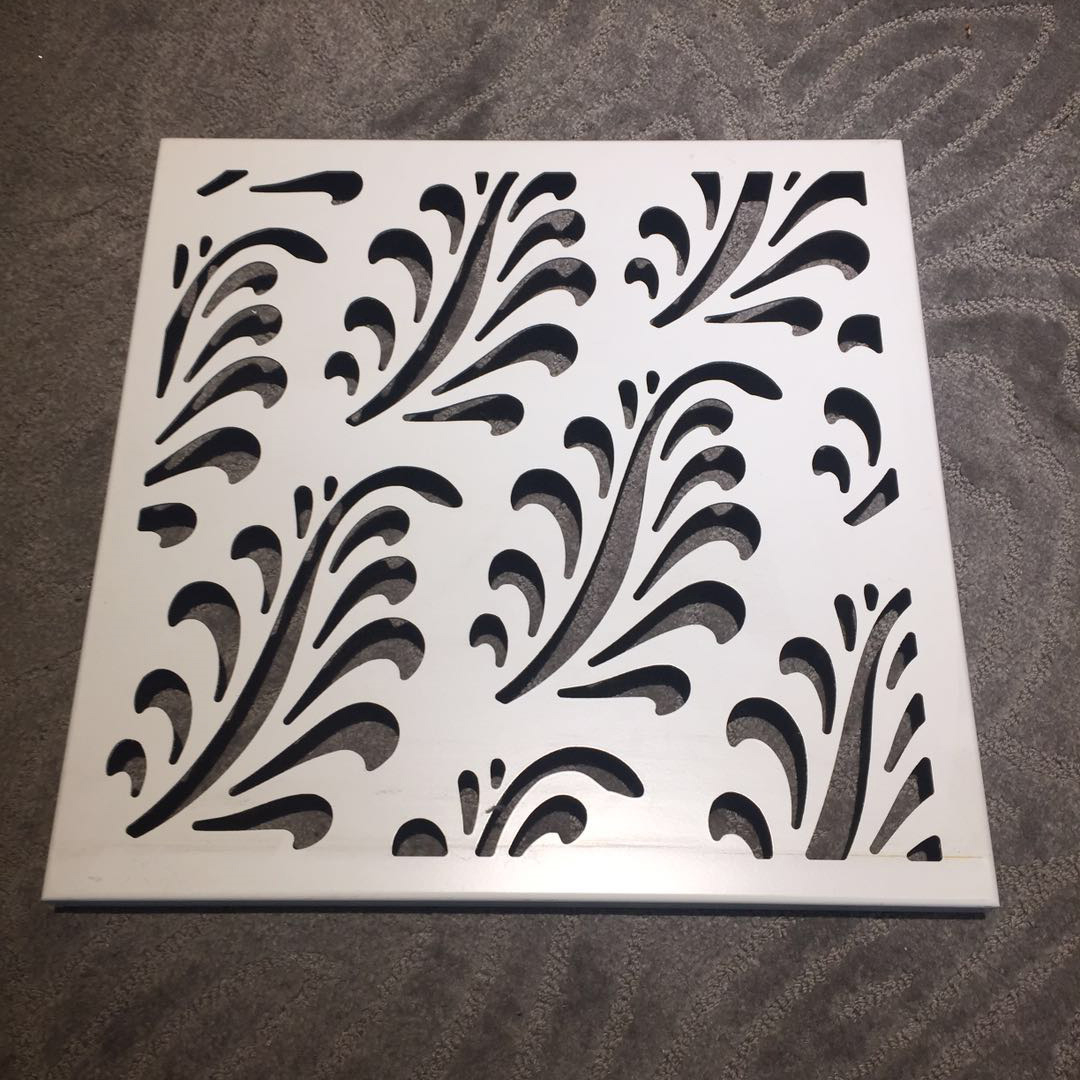
 Customer service QQ
Customer service QQ